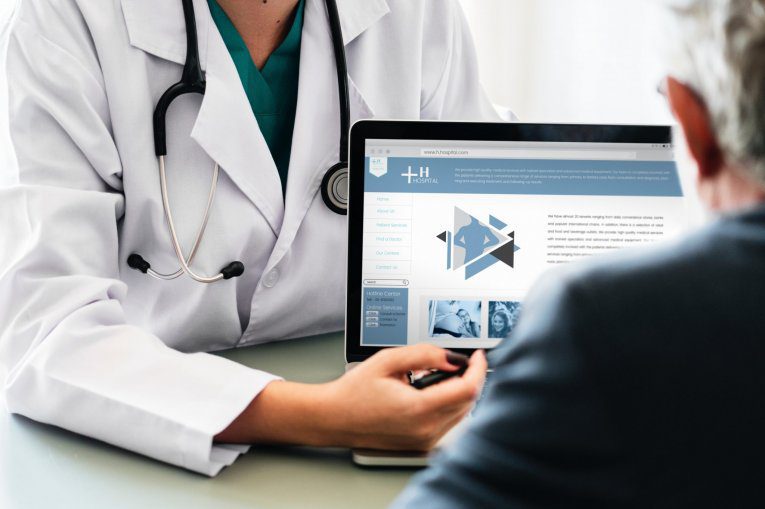
10 tips for improving healthcare customer experience
Healthcare customer experience drives satisfaction, loyalty and have a direct impact on sales.
For too many patients, unfortunately, the customer experience with a healthcare provider can certainly improve…
There are many reasons for the negative healthcare customer experience – bad customer service by administrative staff, endless filling of paperwork, time waste and more.
Negative healthcare customer experience has significant business consequences: 78 percent of the respondents in a recent survey stated that experience drives their healthcare choices (to the extent they have a choice). Of course, customer choice and mobility in healthcare have often been more limited than in other fields – but that too is changing.
Healthcare providers must focus not merely on excellent medical treatment, but
Changing the paradigm in healthcare customer experience
The great news is, that today there are many good practical approaches to improving customer experience.
Healthcare providers need to design patient experiences just like commercial companies design customer experiences, rather than operating a provider- and payer-driven approach.
It’s time to get online and get in line with the 21st century and you need to introduce patient friendly technology into every step of the healthcare process.
Below are 10 tips for improving healthcare customer experience :
1. Save time for the physician and for the customer

How many of us came to the healthcare provider, filled paperwork while waiting, and then had to go over all of it again with the physician while he or she entered the data into the computer?
The healtcare patient’s experience often consists of reciting his personal details, medical history and a description of his current condition, all information which he could have provided without interacting with the doctor, only to watch the doctor tap the information into the computer, often taking twice as much time doing so than actually examining and interacting with the patient.
Time is money…
Something so simple as tablets with patient accessible forms to fill out prior to meeting the doctor. The forms can be sent automatically to the doctor upon completion.
Instead of giving paper work to fill, handle a tablet with the forms, or have the tablet securely mounted to a floor stand.
Save paper, save time, improve your customers experience.
Here are some solutions for securely mounting a tablet.
2. Telemedicine
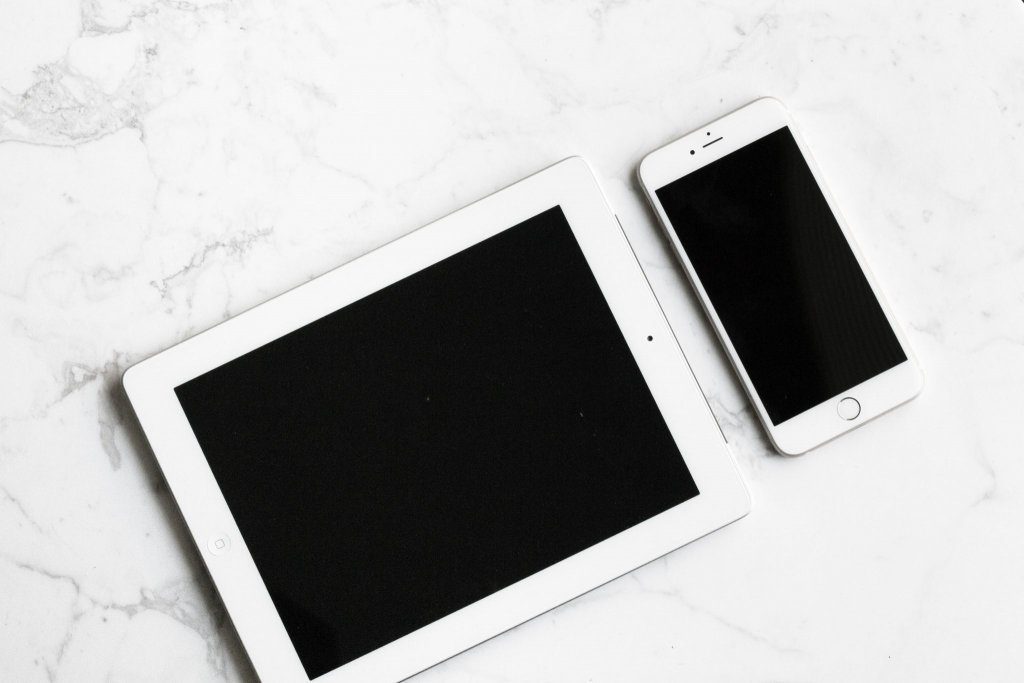
Much of the unpleasantness patients experience in hospitals derives from the hassle of getting there, and then waiting and dealing with overworked and underappreciated administrative staff.
Telemedicine, particularly if performed through a dedicated app compatible with a device chosen by the patient, opens doors for patients to be seen virtually from their homes or offices at a time that is convenient for them.
3.Chatbots can drastically improve healthcare customer experience

Why wait on the phone and waste time and manpower from healthcare end, when you can make it effortless?
Chatbots can schedule appointments, give medication reminders, and more.
If the chatbot can’t handle the required service then instead of waiting on hold, patients can simply set up a convenient time and get a reminder.
Here is a link to a comprehensive guide to chatbots by Sprout Social.
4. Internet of Things
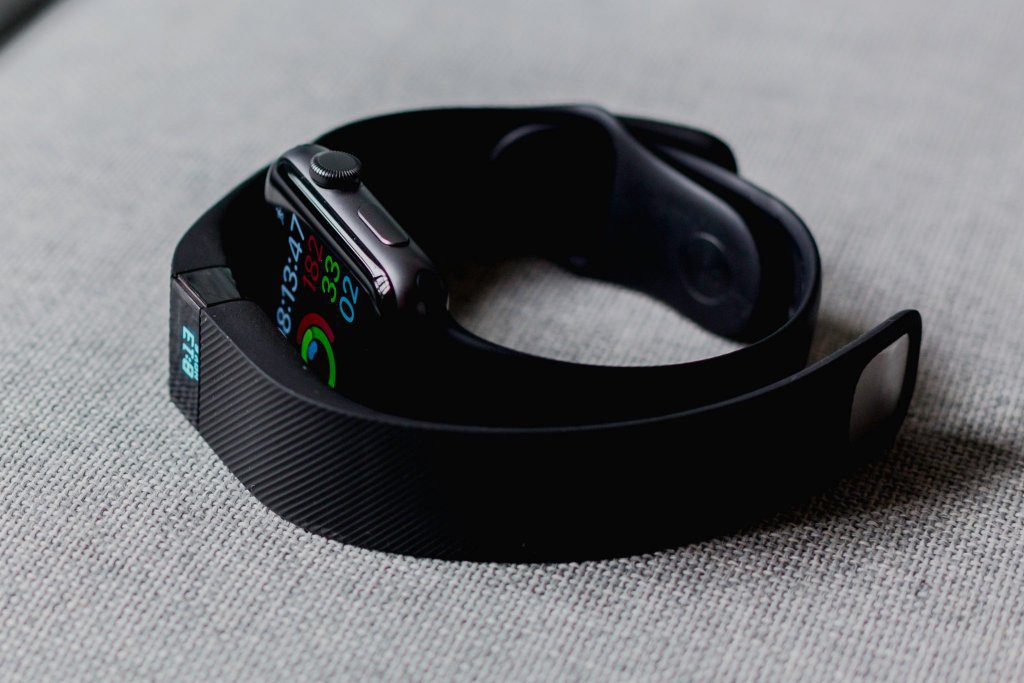
Devices connected to the Internet of Things like smartwatches and fitness trackers allow care providers to better track their patients.
Doctors from the Mayo Clinic are already using fitness trackers to remotely measure the activity levels of cardiac patients.
However, there is no need to stop there- such devices, if linked to communication devices with which the patients are familiar, can provide a two-way channel of communication between the doctor and his patient, enabling the health provider to guide his patients continuously, rather than periodically.
5. Virtual Reality
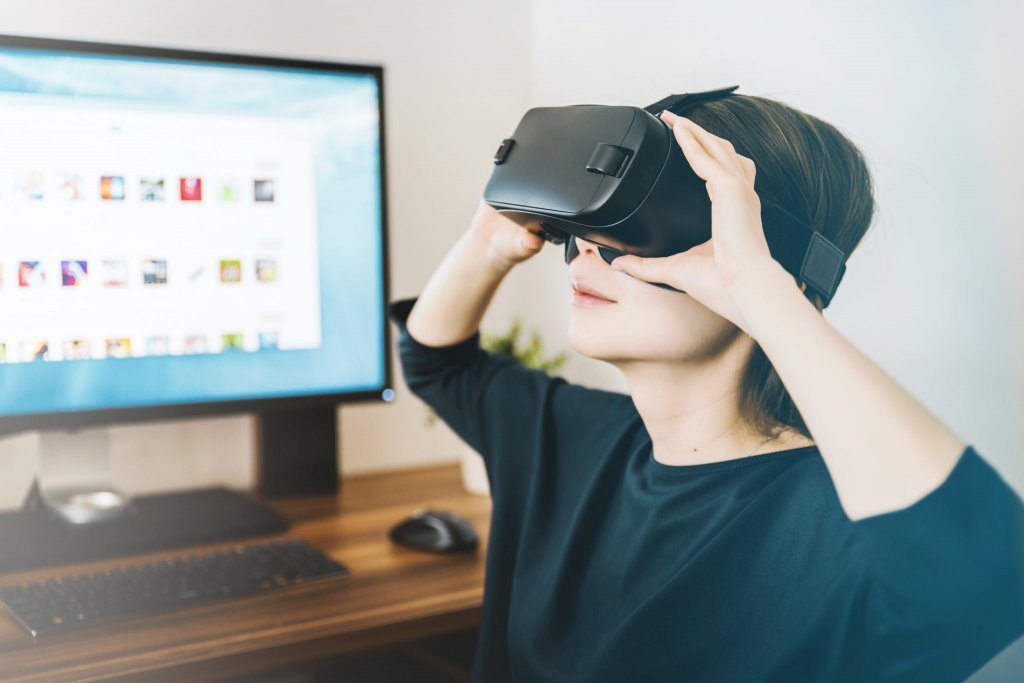
Sometimes, an appointment with a doctor, even by telemedicine, is not even necessary.
Virtual reality goggles and dedicated programs can provide patients with routine coaching, physiological or psychological, sometimes without any human intervention.
Obviously, this cannot replace consultation with a doctor, frontal or digital, but it can supplement a treatment continuously and on a daily basis.
6. Artificial Intelligence
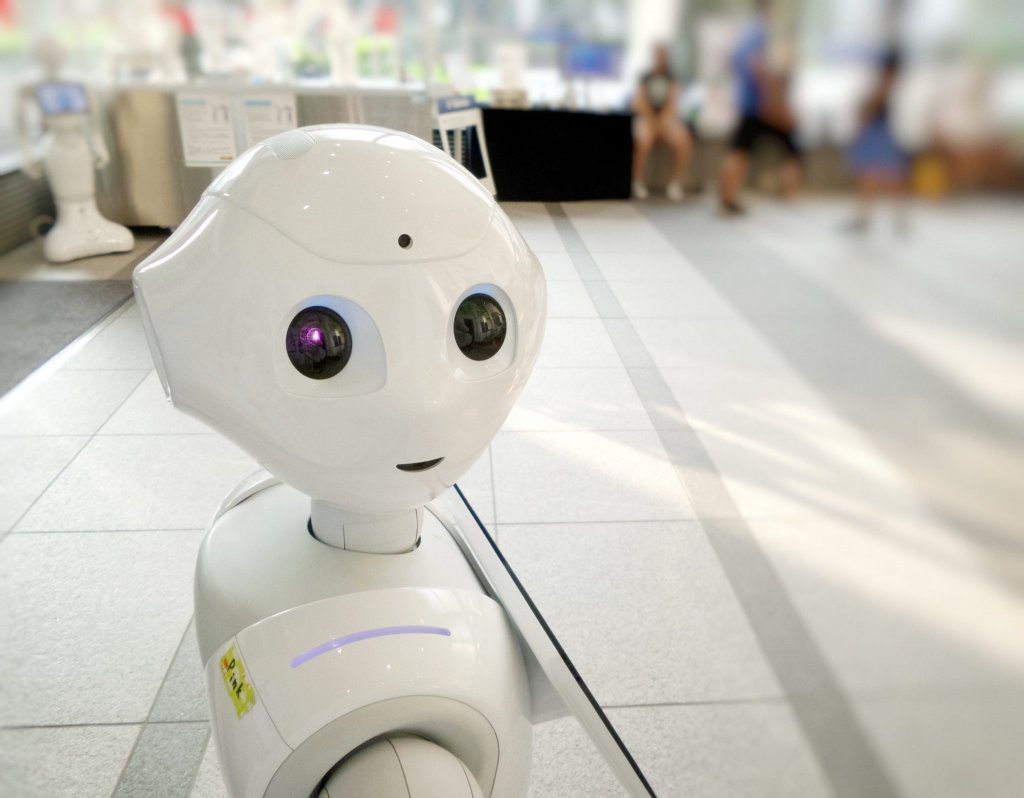
AI has the potential of transforming every aspect of healthcare- particularly scheduling and logistics.
AIs can be used to improve ordering, provide smarter billing and perform adaptive staffing to ensure patients have access to the right staff and get billed properly, which are some of the biggest headaches (for patients and healthcare providers!) in healthcare.
As these are aspects of healthcare operations in which no direct human contact occurs versus the patient in any event, there is no need to continually introduce human error and inefficiency into these operations.
7. Continuous statistical analysis of the big picture
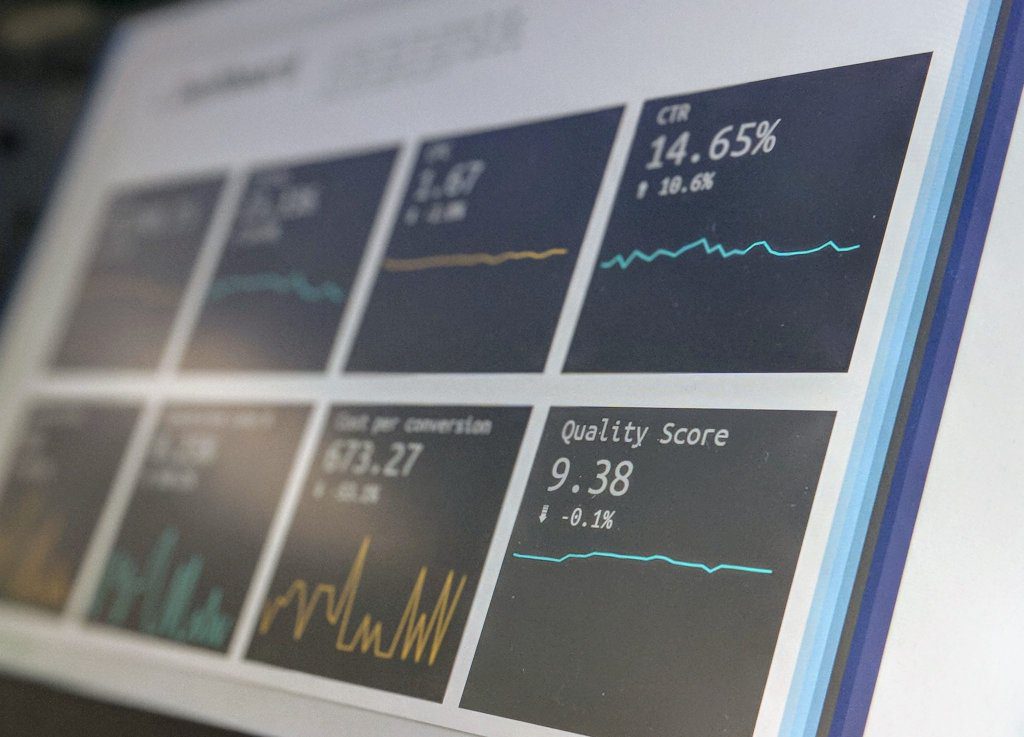
Healthcare providers treat massive numbers of patients- and yet, they often approach patient data individually rather than statistically analyzing patient data to see which approaches work and which don’t, and for which sociodemographic sections.
Increasingly, health providers are performing big data analysis to identify patient and treatment trends.
Knowledge is power!
The more data you have, the better healthcare customer experience you can design for your customers, save money and improve operations.
8. Environmental control
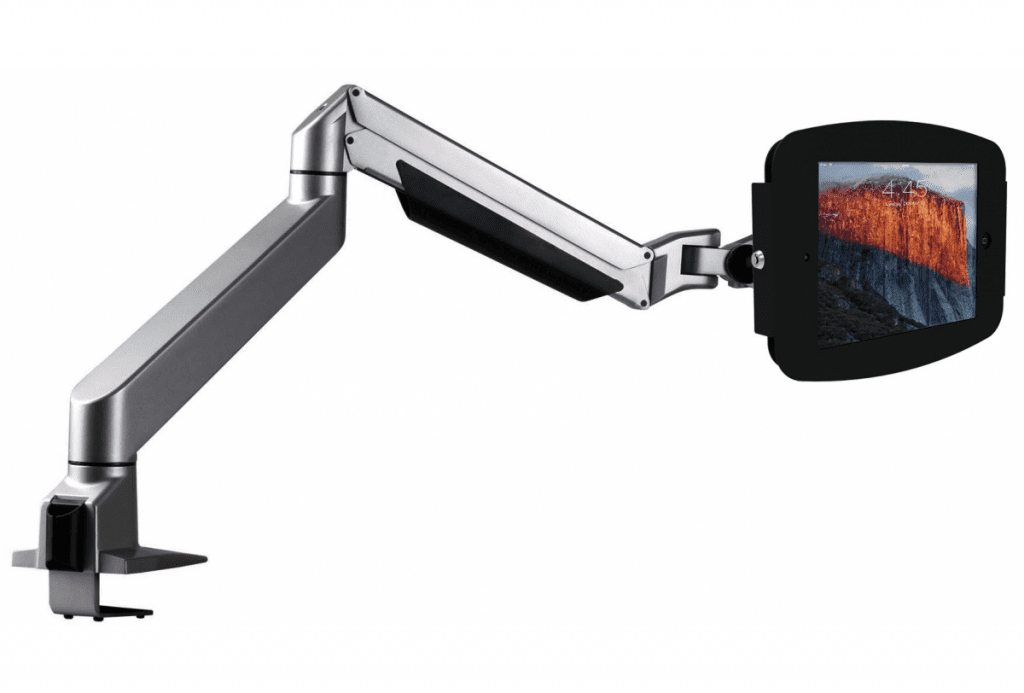
Hospitals are notorious for harsh artificial light and superpowered air conditioning which is not ideal for all patients.
Providing patients with accessible control over the environments in which they are hospitalized or wait treatment is one way to improve their experience.
One way to achieve is to combine the “smart control” system with a mounted tablet.
Just imagine, articulated arm with a mounted tablet, which the patient can adjust near the bed. The tablet can have bedside entertainment, the “smart control” and can be used by the hospital personnel for monitoring and entering data.
Many solutions at once providing amazing healthcare customer experience.
Here is an example of a solution.
9.Virtual Networks
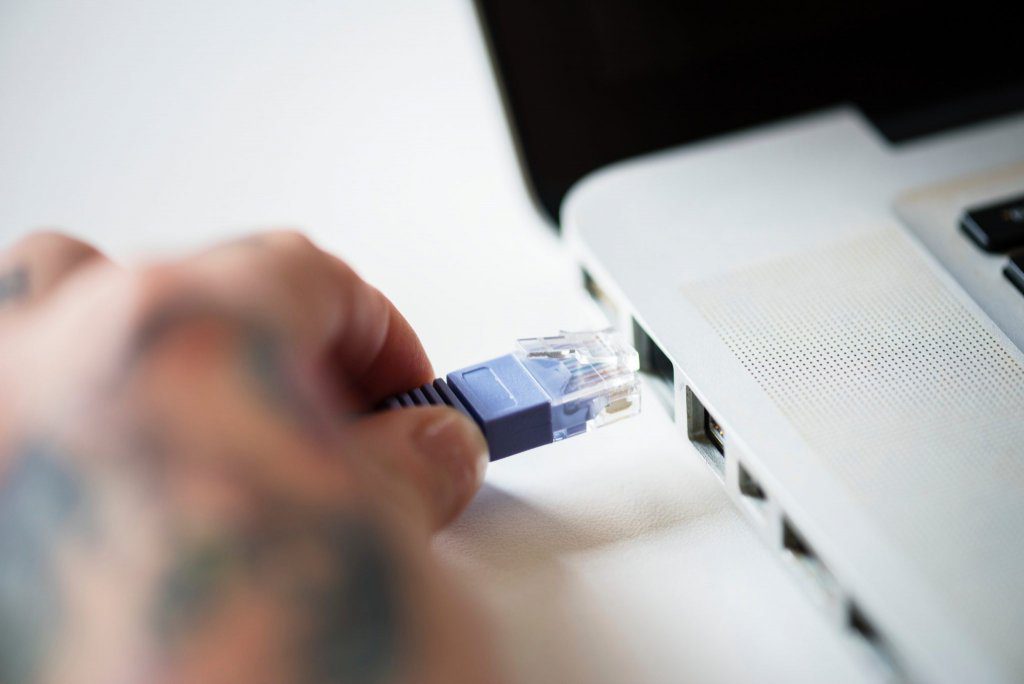
Patients are often seen by multiple doctors, sometimes in different clinics.
Unfortunately, their healthcare providers do not always communicate well between themselves – partially because the patient data in different clinics is stored on incompatible and non-interfacing systems.
This is the
By utilizing virtual networks, potentially in combination with providing patients full access and records of their own records, patients can be served more effectively – and rapidly.
10.Employee and patient feedback

With all of the new technological innovations and the replacement of human employees with automated services, it is possible to lose track of the most important source of innovation of them all: your employees.
At the end of the day human employees involved in the day to day operation of your health care facility are the most reliable source of information on how changes in operations impact the real world experience of your patients. And of course, your patients also have valuable feedback to provide.
Providing accessible, user friendly feedback stations in your facility can ensure you receive a steady stream of valuable information which will help you plan smooth future operations.
We at Compulocks provide wide range of secure display solutions which you can use exactly for this purpose. It doesn’t matter which tablet you are using, and where you want to securely place the feedback station, wall mounted, as a floor stand or even on table, we have the solutions.
Learn more about our solutions here and how can they improve healthcare customer experience
